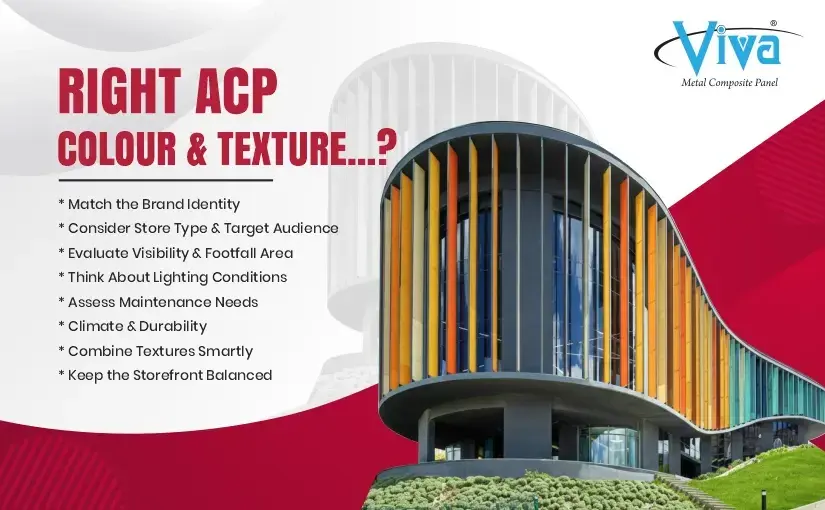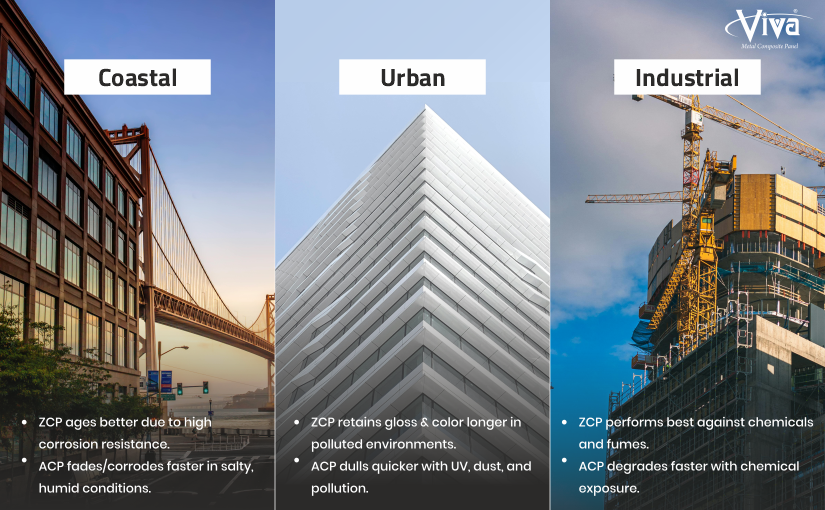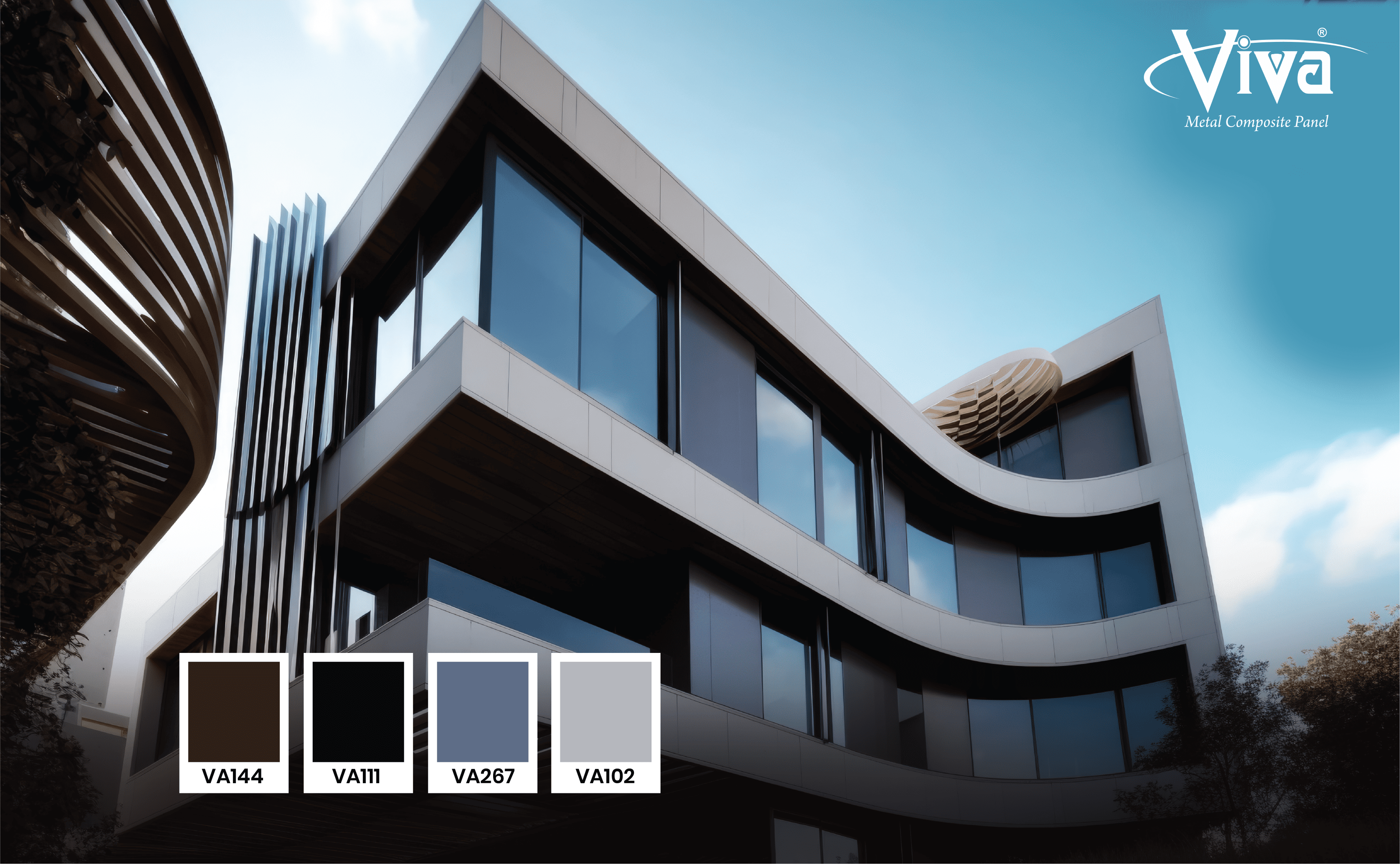
Aluminum and metal composite panels are used in Dubai’s skyline. They look slick. They reduce weight. They can last for years with minimal maintenance. But on-site, they can give you trouble if you skip checks. The quality of the panels can impact the performance of the structure in the long run. This guide walks contractors and engineers through what to look for when choosing metal composite panels (MCP) or aluminum composite panels (ACP) in Dubai:
Understanding MCP & ACP at a Glance
Metal composite panels (MCP) are manufactured by sandwiching two panels with a core inside. MCP can be manufactured using different types of metal, such as aluminum, copper, zinc or specialty alloys. The core can be polyethylene (PE), mineral-filled, or non-combustible options.
ACP (aluminum composite panel) is the common MCP variant that is manufactured with aluminum. These panels are popular for their exclusive properties, such as corrosion resistance, lightweight, fire resistance, etc.
Why are strict quality checks essential in Dubai
Facades are usually installed on the exterior of a building. These panels are not just to add aesthetic to the building but also to protect them from external damage. The UV rays, sandstorms, and dust can degrade the quality of the facade. This sketches budgets on maintenance and also compromise on safety. That is why, when installing aluminum composite panels in Dubai, contractors should make sure the panels meet the local standards.
Your On-Site Quality Checklist for MCP & ACP Panels
Metal composite panels can be of various types. Depending on your requirement, you might need a specific type of panel, for instance, aluminum composite panels. So, before you finalize the product, make sure to check all the product-specific and certification requirements. For instance, at VIVA ACP, our panels are NFPA 285, EN 13501-1 & ASTM D1929 certified. Our ACP panels come with unique properties such as fire-retardant, self-cleaning, and anti-scratch that reduce maintenance cost and also increase safety.
Always compare the batch with a full-size approved sample. Check whether the finish, panel thickness and core are exactly the same as the mock-up you signed off on earlier.
That’s not the end of the inspection. When the material arrives, inspect the crates, labels, barcodes, and batch numbers. Look for any signs of moisture damage, crushed corners, or tampered packaging.
You should also maintain a clear chain of custody by recording delivery times, truck details, and the name of the person handing over the materials.
Material quality
When it comes to industrial construction, the budget is high and the requirements are more specific. As a contractor, you should always check the quality of the material received.
Run your hand along the paint and protective film to spot scratches, blisters, chalking, or colour inconsistencies. Examine the core type next, whether PE, FR, A2, or mineral-filled, and make sure it matches the approved fire rating.
If needed, break a corner from a spare panel to confirm there’s no adulteration. Measure the sheet thickness and look for any waviness that may affect how the panel sits on the frame. Also, assess the protective film to ensure it’s intact, sticking properly, and not pulling off the paint beneath.
Subframe, Brackets & Fixings
Make sure the shop drawings match what you see on site. Check whether the bracket spacing, the anchor types, and the subframe layout follow the approved plan. Look out for different metals touching each other, because that can cause corrosion; use isolation strips to stop that reaction.
When you tighten the anchors, don’t overdo it. Follow the torque levels given by the manufacturer so the panels don’t bend or warp. Use a laser or a straight reference line to check if the brackets are perfectly aligned. Even a small misalignment can create waves or uneven lines once the panels are fixed.
Joints, Gaps, Sealants & Movement
Accurate joint spacing is essential. So, compare the gap dimensions with the approved detail drawings to ensure the panels have enough room for expansion and contraction. Select sealants that are suited for ACP systems and Dubai’s climate, and test their adhesion and curing behaviour. Account for thermal movement by incorporating expansion joints in the correct intervals, especially since Dubai’s heat creates significant panel movement. For water tightness, carry out hose tests or controlled run-down inspections to confirm that the joints can handle heavy rain or wash-down situations.
Fire Safety & Cavity Barriers
Confirm the combustibility rating of each panel and ensure that only compliant cores are being installed. Fit cavity barriers and fire stops according to the design, checking that they fit perfectly and are continuous throughout the system. Keep fire test reports and certifications accessible at all times, as authorities may request immediate verification during inspections.
On-Site Testing
Run a peel test to evaluate the bond strength between the coating and the panel. If the film or paint strips too easily, reject the batch. Review alignment by measuring offsets, reveals, and edge lines, and document any deviations beyond tolerance. Set up a mock-up panel on site to confirm the final finish and attachment details, and use it to assess water resistance before scaling up installation. For critical or high-rise projects, send samples to certified UAE labs to test peel strength, fire performance, and colour fastness.
Don’t Skimp on Paperwork
Keep detailed daily reports that show who checked what and when, along with photos and readings as proof. Establish QA hold points at key stages—sub-frame work, the first panel row, and final alignment—so no step proceeds without a written approval. Maintain all delivery documents, batch codes, and certificates in one place for easy reference. At completion, hand over a full O&M pack, including cleaning guidelines, maintenance tips, and panel replacement information to help the client manage the facade long-term.
The Bottom Line
When it comes to installing a facade, the quality of the material matters a lot. So, it is essential for construction companies, engineers and architects to thoroughly check the quality of metal composite panels before installing them in the structure.
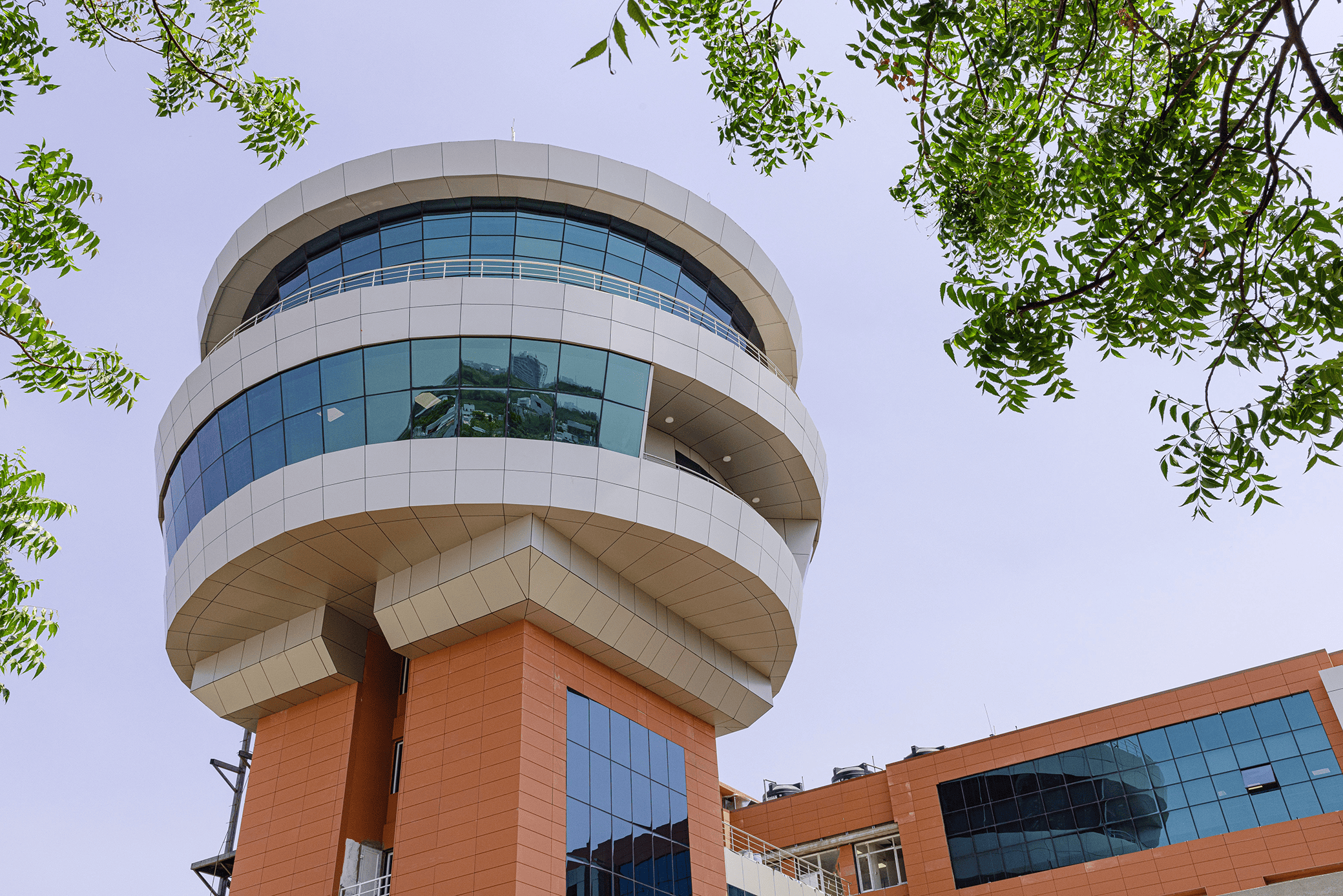
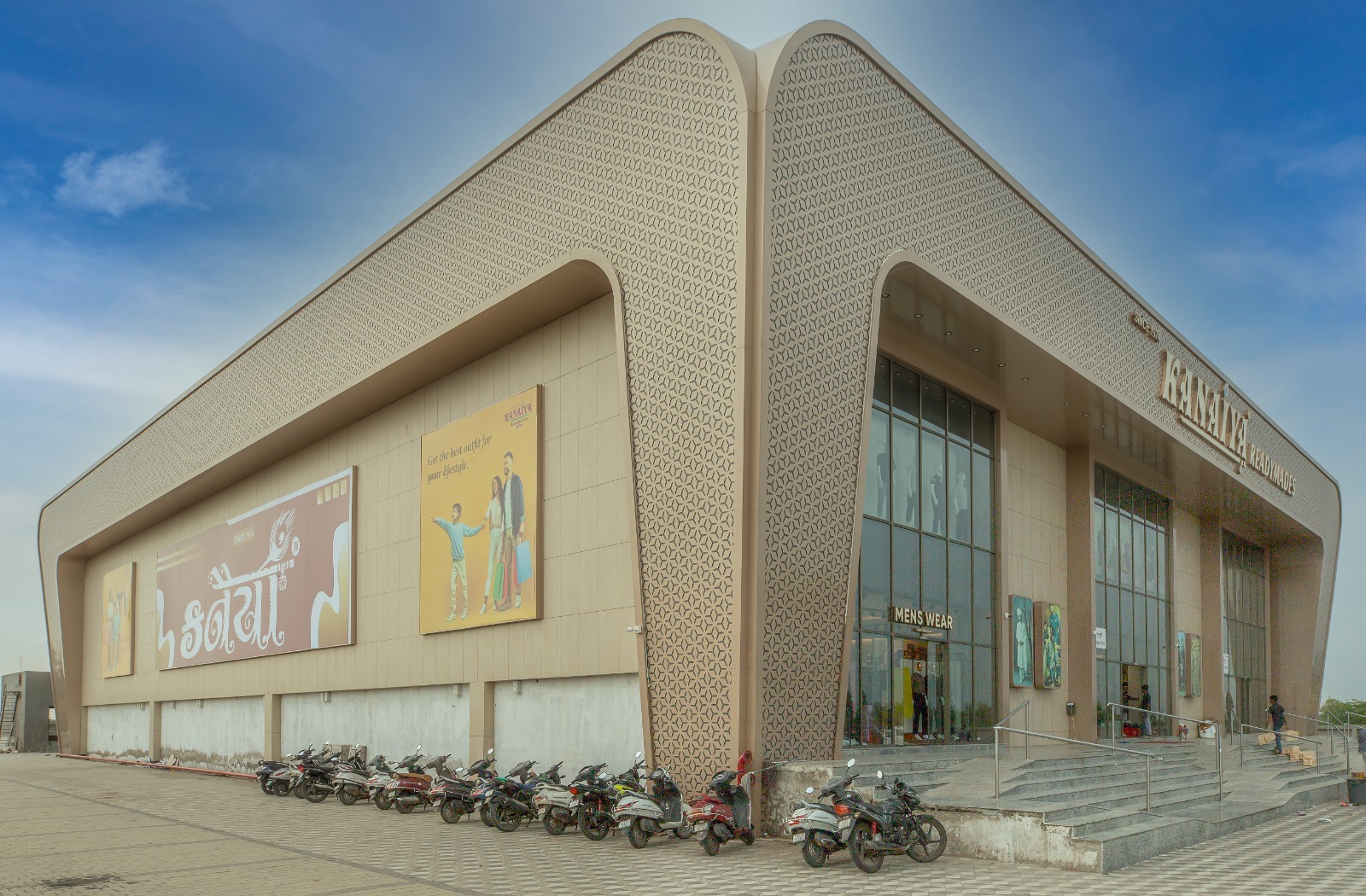



 en
en
 Spanish
Spanish Arabic
Arabic Swahili
Swahili French
French